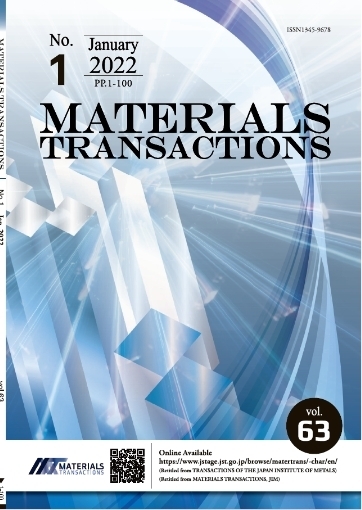Recent Development and Applications of Magnesium Alloys in the Hyundai and Kia Motors Corporation
Jae Joong Kim, Do Suck Han
pp. 894-897
抄録
Recent legislative and environmental pressures on the automotive industry to produce light-weight fuel efficient vehicles with lower emissions have led to a requirement for traditional steel components to be replaced by advanced materials such as aluminum, magnesium and metal matrix composites. This has led to a complete re-analysis of engineering design and manufacturing routes, with the emergence of advanced technologies as a viable process for the production of high volume, low cost, high integrity automotive components. Here we present a general review of the application of magnesium alloys for the automotive components. We will also discuss the research activities and application of magnesium alloys and key technologies including the successful development of magnesium seat frame described and discussed in terms of vehicle performance and casting qualities introduced in vehicles developed by the Hyundai and Kia motors corporation (HKMC).
他の人はこちらも検索
MATERIALS TRANSACTIONS Vol.49(2008), No.1
MATERIALS TRANSACTIONS Vol.49(2008), No.10
MATERIALS TRANSACTIONS Vol.49(2008), No.10










